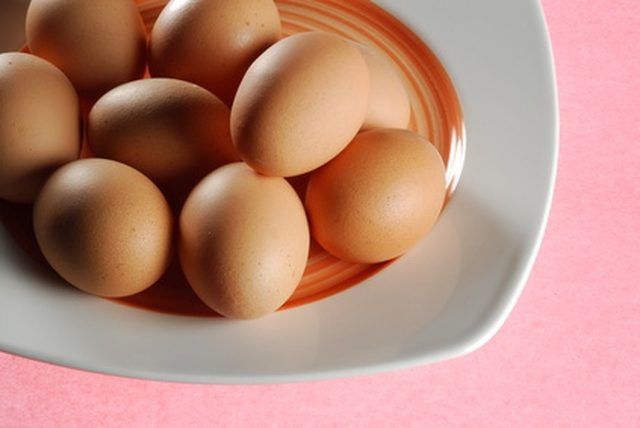Bulbs
Flower Basics
Flower Beds & Specialty Gardens
Flower Garden
Garden Furniture
Garden Gnomes
Garden Seeds
Garden Sheds
Garden Statues
Garden Tools & Supplies
Gardening Basics
Green & Organic
Groundcovers & Vines
Growing Annuals
Growing Basil
Growing Beans
Growing Berries
Growing Blueberries
Growing Cactus
Growing Corn
Growing Cotton
Growing Edibles
Growing Flowers
Growing Garlic
Growing Grapes
Growing Grass
Growing Herbs
Growing Jasmine
Growing Mint
Growing Mushrooms
Orchids
Growing Peanuts
Growing Perennials
Growing Plants
Growing Rosemary
Growing Roses
Growing Strawberries
Growing Sunflowers
Growing Thyme
Growing Tomatoes
Growing Tulips
Growing Vegetables
Herb Basics
Herb Garden
Indoor Growing
Landscaping Basics
Landscaping Patios
Landscaping Plants
Landscaping Shrubs
Landscaping Trees
Landscaping Walks & Pathways
Lawn Basics
Lawn Maintenance
Lawn Mowers
Lawn Ornaments
Lawn Planting
Lawn Tools
Outdoor Growing
Overall Landscape Planning
Pests, Weeds & Problems
Plant Basics
Rock Garden
Rose Garden
Shrubs
Soil
Specialty Gardens
Trees
Vegetable Garden
Yard Maintenance
How to Use Eggshells on Tomato Plants
How to Use Eggshells on Tomato Plants. Using eggshells is an easy way to add extra nutrients to your tomato plants and deter slugs at the same time. As the eggshells break down, calcium is released freely into the soil. The calcium helps your tomato plants grow and prevents blossom end rot. You can use raw eggshells on tomato plants but hard boiled...

Using eggshells is an easy way to add extra nutrients to your tomato plants and deter slugs at the same time. As the eggshells break down, calcium is released freely into the soil. The calcium helps your tomato plants grow and prevents blossom end rot. You can use raw eggshells on tomato plants but hard boiled eggshells are easier to prepare.
Things You'll Need
Wire mesh strainer
Warm water
Paper towels
Ziploc bag
Rolling pin
Cultivator
Place the eggshell pieces into a wire mesh strainer and rinse with warm water. Pull away as much of the slick inner lining of the shells as you can. Let the excess water drain.
Spread the shells in a single layer over paper towels to air dry. Large shell pieces can be turned as needed to help them dry.
Place the dried shells into a Ziploc bag, press out the air, and seal it. Place the bag on a flat surface and use a rolling pin to crush the shells into smaller pieces.
Spread approximately 1 cup of eggshells in a circle around the base of each tomato plant. Use the cultivator to gently work the shells into the upper layer of the soil while being careful not to disturb the root system of the plant.
Tips & Warnings
When using shells from hard boiled eggs, save the cooking water to water your tomato plants. Make sure the water cools first.
If you have extra shells but don't have time to rinse, dry, and crush them, add them whole to your compost bin where they will further break down.
Don't allow the shells to touch the stem of the tomato plants or they may end up cutting it. This can introduce disease and potentially damage the plant.